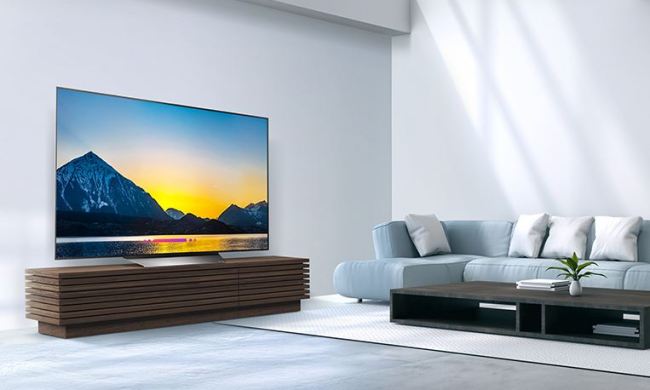Despite the huge influence of streaming music services like Spotify and Apple Music, there are still many folks who spend a lot of time listening to music they’ve purchased and stored digitally on their computers. For those people, Plex is offering a new way for them to discover musical connections within their own collections. Launching today, Super Sonic is a new feature included with a Plex Pass subscription ($5 per month, $40 per year). Plex says it performs a neural A.I. analysis on all of the tracks in your library and uses that information to build “sonically similar” lists.

One example given is if you happen to own Taylor Swift’s two most recent albums. Because they sound really different from many of the artist’s previous recordings, you might be surprised to learn that they’re sonically similar to music by Lana Del Rey. The system can find sonic matches for artists, albums, and tracks within your music library. Plex claims that because its matching process is based on dozens of data points from each song, as opposed to recommendation engines on music services that are typically based on the listening patterns of their customers, it can reveal matches even among your most obscure indie favorites.
In another example, it turns out that Neil Young’s Mirror Ball is a sonic match for Pearl Jam’s Vitalogy.

Super Sonic requires a Plex Media Server installation on a Mac, PC, or Linux machine. Because of the complexity and intensity of the neural A.I. process, it can place a fairly heavy burden on your machine’s CPU and Plex even warns your machine might get quite hot while the initial database is created. For that reason, it doesn’t support Super Sonic on Plex Servers running on ARM-based machines like NAS drives or the Nvidia Shield TV.
You’ll also need to use the company’s Plexamp music client for playback. All of the sonically similar matches are presented within the Plexamp interface and won’t be visible within the regular Plex web client or Plex clients for popular streaming devices like Roku or Apple TV.
Plex is also using the Super Sonic dataset to replace its deactivated Plex Mix feature with several new options like Track Radio, Album Radio, and Mixes For You, which builds playlists based on your most-played music, interspersed with sonically similar selections that you might not play as frequently.
Unfortunately, Super Sonic may face limitations as a music discovery tool. Because it only works with music in your library, if you don’t own the Taylor Swift albums referenced above and some Lana Del Rey tracks, the system won’t be able to perform that match. Likewise, should you own every album in Swift’s discography, it’s unlikely that Del Rey would show up as a sonically similar artist because that match is really only applicable to Swift’s most recent albums and tracks.
So even if your favorite K-Pop band might sound a lot like one of the popular boy bands from the 90s, unless you own both, Super Sonic won’t help you discover that connection. This is true even if you’ve got a subscription to Tidal, currently the only streaming music service that can be integrated directly into the Plex interface.
Its possible Plex could substantially expand Super Sonic’s capabilities, but to do so, it would likely need to partner with a music service or record labels to acquire the data it needs to perform matches that live outside of a Plex user’s personal library.
For more on what Plex is, how it works, and how you can use it to organize and access your movies, TV shows, music, and photos from anywhere in the world, check out our full Plex explainer.



